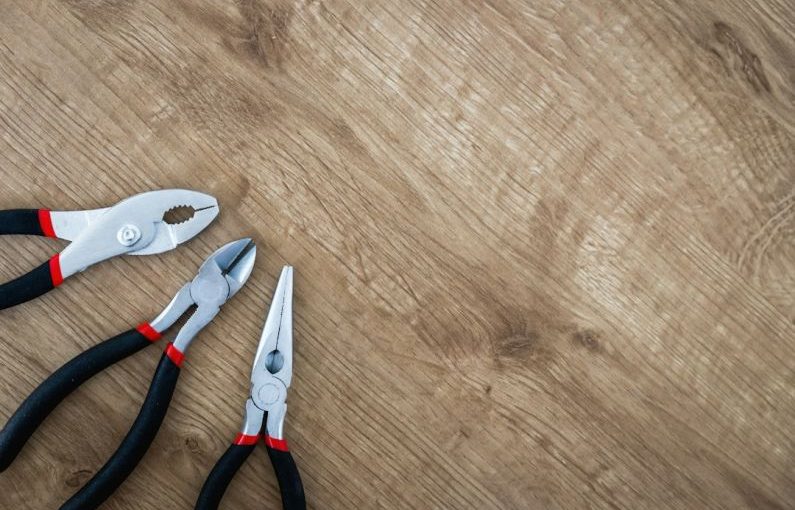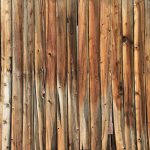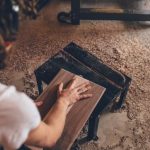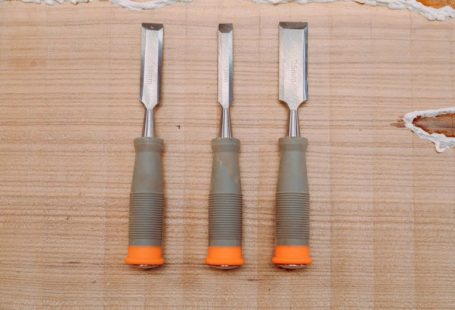Wood carving is a timeless art form that requires skill, patience, and the right tools. Whether you are a seasoned wood carver or just starting out, one thing is for certain – maintaining your wood carving tools is essential for producing high-quality carvings and ensuring the longevity of your tools. In this comprehensive guide, we will explore the best practices for keeping your wood carving tools in top condition.
Understanding Your Tools
Before diving into the maintenance process, it is crucial to understand the different types of wood carving tools and their specific functions. From chisels and gouges to knives and mallets, each tool serves a unique purpose in the carving process. By familiarizing yourself with your tools and their uses, you can better identify any signs of wear and tear that may require attention.
Cleaning Your Tools
One of the most important steps in maintaining your wood carving tools is keeping them clean after each use. Residue from wood, sap, and other debris can build up on the blades of your tools, leading to dullness and corrosion over time. To prevent this, make it a habit to clean your tools thoroughly with a soft cloth or brush after every carving session. Avoid using harsh chemicals or abrasive materials that could damage the metal surfaces of your tools.
Sharpening Your Blades
A sharp blade is essential for achieving clean and precise cuts in wood carving. Regular sharpening of your blades is key to maintaining their cutting edge and prolonging their lifespan. Invest in a high-quality sharpening stone or sharpening system to keep your blades sharp and ready for use. Remember to follow the manufacturer’s guidelines for sharpening angles and techniques specific to your tools.
Protecting Against Rust
Wood carving tools are often made of high-carbon steel, which is susceptible to rust if not properly maintained. To prevent rust from forming on your tools, apply a thin coat of oil or wax to the metal surfaces after cleaning and sharpening them. Store your tools in a dry environment away from moisture and humidity to further protect them from corrosion. If rust does develop on your tools, use a fine-grit sandpaper or steel wool to gently remove it before reapplying a protective coating.
Storing Your Tools
Proper storage of your wood carving tools is just as important as cleaning and sharpening them. Invest in a tool roll, toolbox, or wall-mounted rack to keep your tools organized and protected when not in use. Store your tools in a cool, dry place away from direct sunlight and extreme temperatures to prevent damage to the wooden handles and metal components. Proper storage not only extends the life of your tools but also makes them easily accessible for your next carving project.
Maintaining Wooden Handles
In addition to caring for the metal components of your wood carving tools, it is essential to maintain the wooden handles as well. Over time, wooden handles can dry out, crack, or become loose from the metal blades. To prevent this, periodically apply a coat of wood conditioner or wax to the handles to keep them moisturized and protected. Check for any signs of wear or damage to the handles and repair or replace them as needed to ensure a comfortable and secure grip while carving.
Conclusion:
In conclusion, maintaining your wood carving tools is a simple yet crucial aspect of the wood carving process. By following these best practices for cleaning, sharpening, protecting against rust, storing, and maintaining the wooden handles of your tools, you can ensure that they remain in top condition for years to come. With proper care and attention, your wood carving tools will continue to help you create beautiful and intricate carvings that showcase your skill and passion for this timeless art form.





